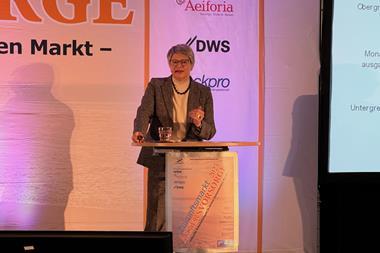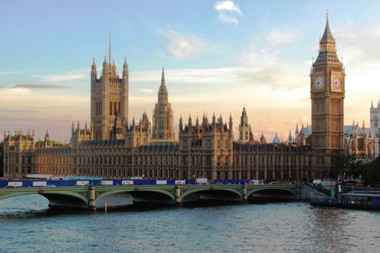Axa Investment Managers has hired Kieron Nutbrown to take the new role of head of tactical asset allocation (TAA) under his old boss, Paul Griffiths.
Nutbrown joined Axa, which manages €333bn, from Investec Asset Management, where he had been a global bond fund manager. At Axa in the UK he will take on some of chief investment officer Griffiths’ tactical asset allocation responsibilities. Griffiths left Investec at the end of 2003.
Nutbrown will integrate research from the quantitative analysis and investment strategy teams to arrive at an independent view of the best asset allocation mix.
Griffiths said: “This is the third time I’ve hired Kieron. I’ve seen his key strengths in taking macro and technical analysis in bonds and other currencies and looking at the impact of other areas, such as equities and commodities.
“We are building a team of alpha-generators and looking to hire another for tactical asset allocation. In the days of 20% per year growth TAA was not in vogue but in the current low yield, low return environment searching for sources of alpha that can generate a few extra percentage points of performance is becoming more important.”
In response to pension consultant concerns about the use of TAA when pension funds were moving away from balanced mandates, Griffiths said it was basically a non-leveraged form of a macro hedge fund. He said market conditions and their lack of volatility had made it tough to add value using TAA but things would improve.
Nutbrown’s appointment followed the recent hiring of Richard Prew as UK Fund Manager, focussing on the high-alpha equity growth funds for both the retail and institutional sectors, working alongside Stuart Fowler, head of UK equities.
At the start of November, results from Axa Investment Managers showed it had gained €20bn in assets under management in the first nine months from institutional inflows.
Axa said assets under management at Axa IM increased by 37 billion euros from the end of 2003 to 329 billion euros at the end of September 2004 “largely driven by 20 billion euros of net inflows, mainly from third party institutional clients”.



























No comments yet